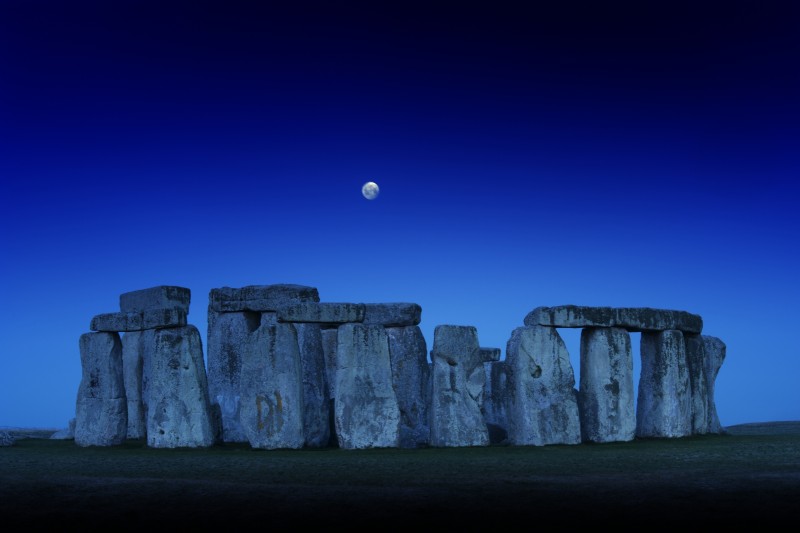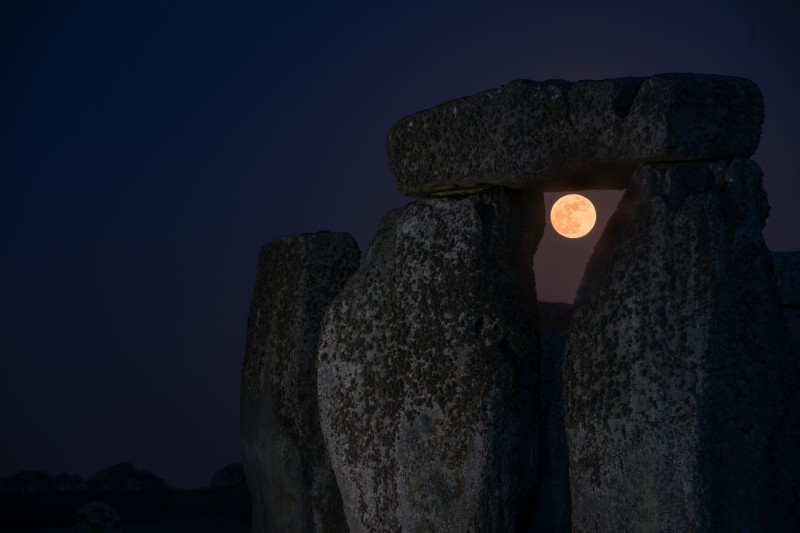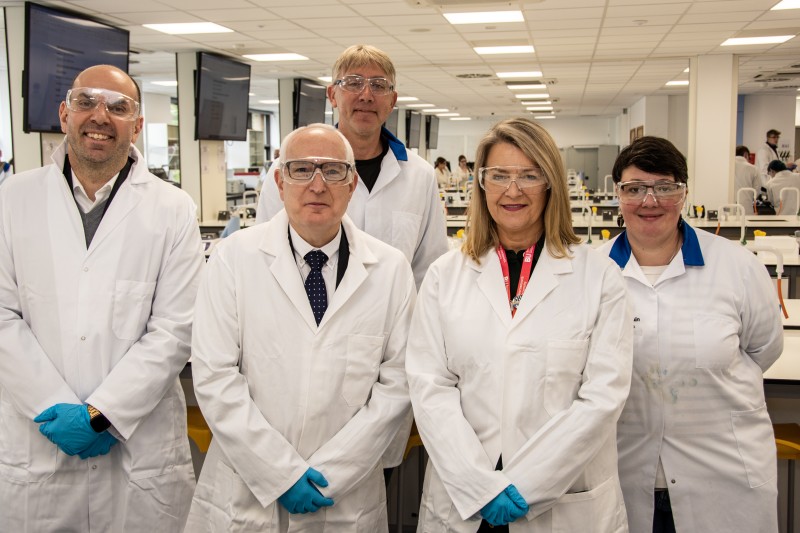A new study will explore the connection between Stonehenge and the moon during an astrological phenomenon called the ‘major lunar standstill,’ which occurs this year, and into next.
A series of investigations will take place to research the alignment of the stones with the moonrise and moonset during this almost once-in-a-generation period. The study will be led by English Heritage, alongside Bournemouth University, Oxford University, the University of Leicester and the Royal Astronomical Society.

During a major lunar standstill, the northernmost and southernmost positions of the moon are at their furthest apart along the horizon, and it is believed that these distinct lunar movements may have been observed during the early phase of Stonehenge, potentially influencing the later monument’s design and purpose. A major lunar standstill only occurs once every 18.6 years.
Jennifer Wexler, English Heritage historian for Stonehenge says: "We're excited to be working with a brilliant team of archaeoastronomers to explore the fascinating link between Stonehenge and the major lunar standstill. Rarer even than once in a blue-moon, this opportunity allows us to delve deeper into the monument's ancient mysteries and its relationship with celestial phenomena. We’ll be inviting the public to join us through a series of events this year as we take one more small step towards unravelling of the secrets of Stonehenge.”
English Heritage will livestream the southernmost moonrise at Stonehenge and the charity will host a series of events throughout the standstill season including talks, a pop-up planetarium, stargazing and storytelling sessions, and a new display in the exhibition space.

Dr Amanda Chadburn, a Visiting Fellow at Bournemouth University and a Member of Kellogg College, University of Oxford said, “Observing this connection first hand in 2024 and 2025 is crucial. Unlike the sun, tracking the Moon's extremes isn't straightforward, requiring specific timing and weather conditions. We want to understand something of what it was like to experience these extreme moonrises and sets and to witness their visual effects on the stones (for example, patterns of light and shadow), and consider modern influences like traffic and trees, and to document all of this through photography for future study.”
Dr Fabio Silva, Senior Lecturer in Archaeological Modelling at Bournemouth University and co-founder and Managing Editor of the Journal of Skyscape Archaeology said, “Bournemouth University lecturers and students will document moonrises and sets at key moments in the year when the moon will be in alignment with the Station Stones. This will happen at different times of day and night around the year, with the moon being at the right place on different phases each month. Hence, some will be more dramatic (such as a full moon or crescent moon) than others. The team will capture these phenomena, aiming to explore the complex relationship between the landscape, stones, and the moon over the course of the standstill “season”.
The research will start in Spring 2024 and run until mid-2025.
To find out more about Stonehenge, its possible connection to the Moon and the ways in which you can get involved, visit the English Heritage website. Find more information about studying archaeology on the BU website.
We speak to Dr Fabio Silva about the project and what the skies can tell us about ancient societies in this episode of the Spotlight podcast:



